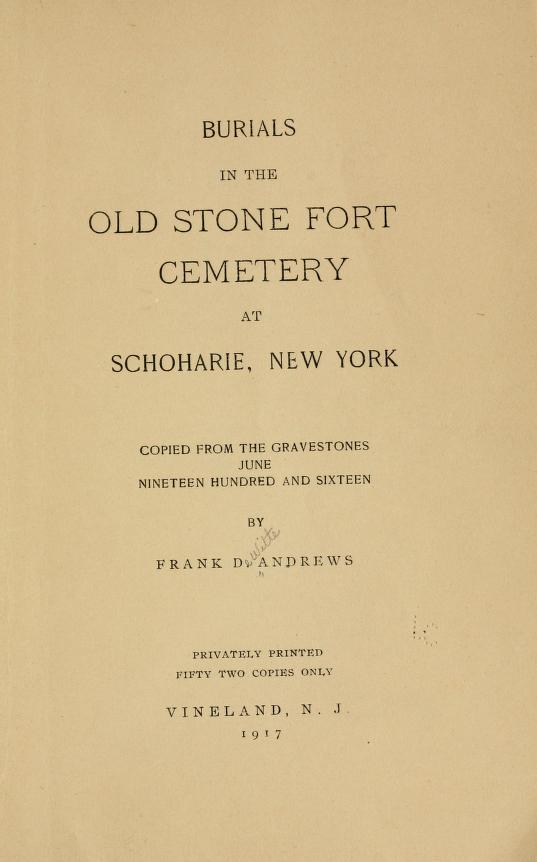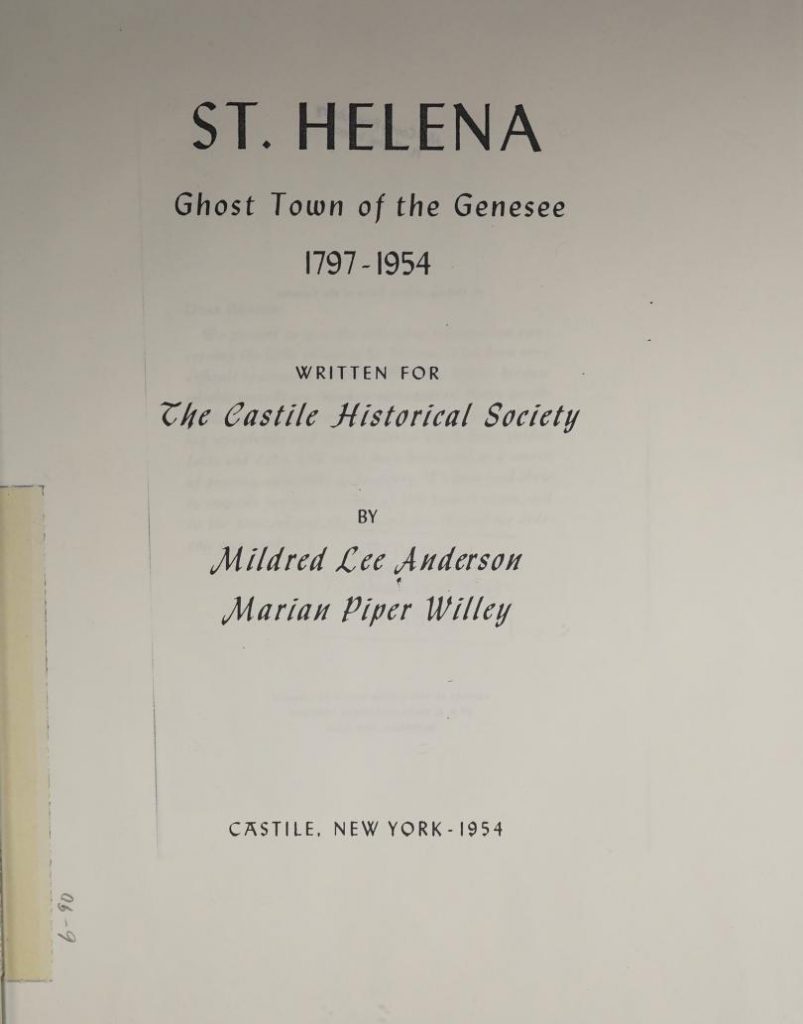Burials in the Old Stone Fort Cemetery at Schoharie, New York
About one mile north of the Court House at Schoharie, New York, stands a substantial stone building erected and used as a church before the Revolution. In October 1780. Sir. John Johnson, the Indian Chief Brant, with a large force of soldiers, Tories and Indians visited the Schoharie Valley, murdered one hundred of the inhabitants, destroyed their houses and barns and 100,000 bushels of grain. The invaders attacked the Fort which had been constructed about the church, but it was defended with such vigor they withdrew. A cannon ball fired by the enemy pierced the roof of the church and […]
Burials in the Old Stone Fort Cemetery at Schoharie, New York Read More »

